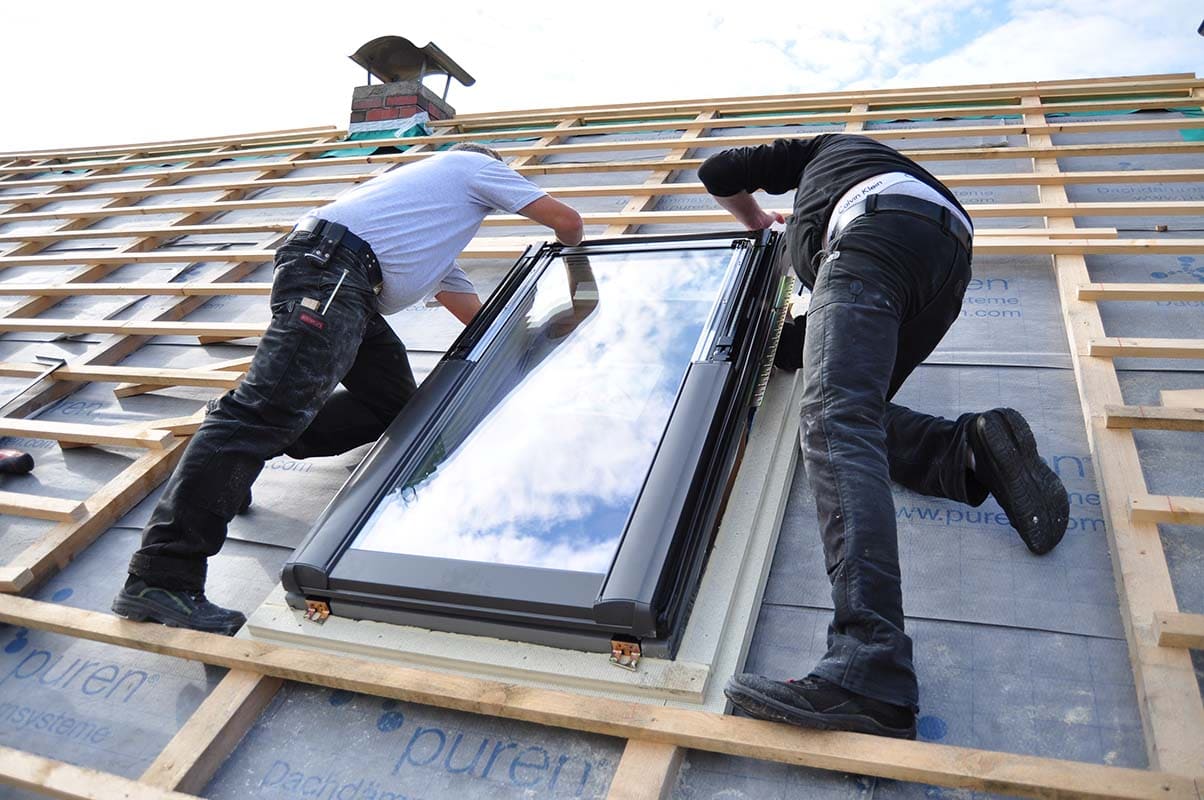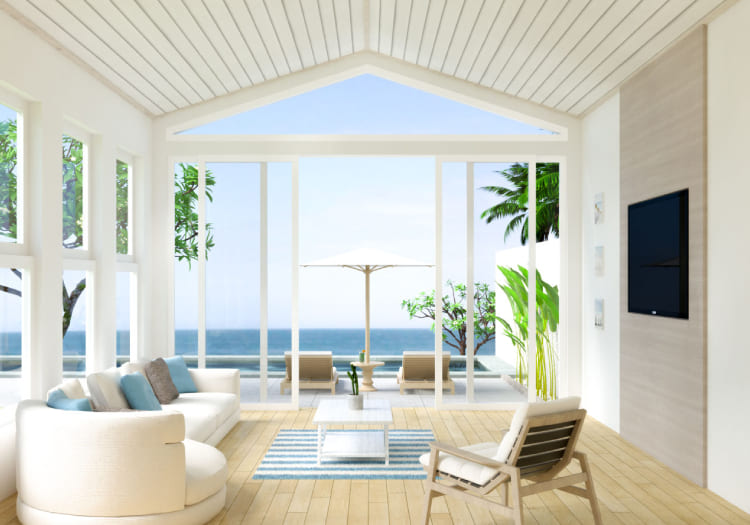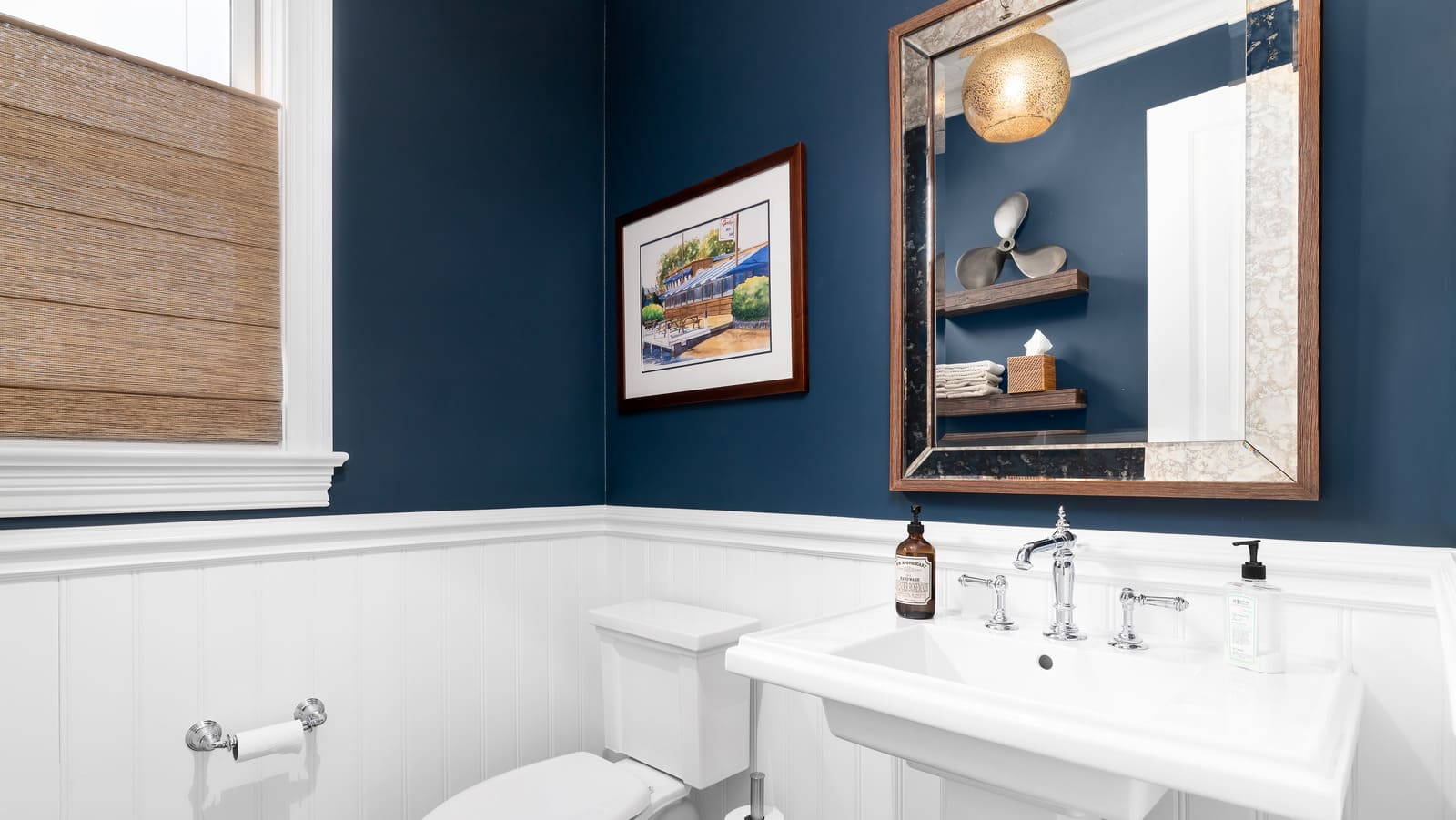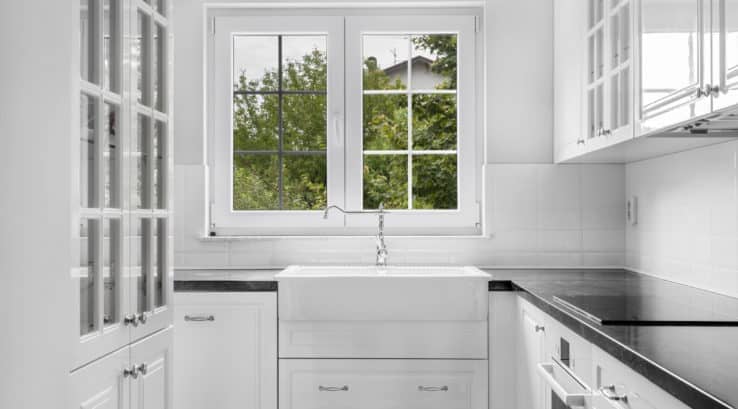For many homeowners, the thought of adding a skylight to their home brings about feelings of excitement and anticipation. After all, who wouldn’t want more natural light flooding into their space and the opportunity to stargaze from the comfort of their bed? However, choosing the right option for your style and budget can be overwhelming with so many different types of skylights on the market and various materials used in their construction.
That’s where we come in – this blog post will guide you through everything you need to know about skylight materials, helping you make an informed decision that will enhance your home’s look and functionality.
Common Material Choices for Skylights
When it comes to choosing the right skylight material, there are a few options you can consider. Each material has its own unique properties and benefits, so it’s essential to understand them before making a decision.
Glass
Glass is the most common material used for skylights and for good reason. It offers excellent insulation, durability, and a sleek, modern look. Glass skylights are available in various options, including single-pane, double-pane (also known as thermal pane), and even triple-pane for maximum energy efficiency.
Acrylic
Acrylic skylights are another popular choice due to their lightweight nature and affordability. They provide excellent clarity and light diffusion while being more durable than glass. However, they are not as energy-efficient as glass skylights and may yellow over time.
Polycarbonate
Polycarbonate is a durable plastic material that is often used in skylights. It offers high-impact resistance and is virtually unbreakable, making it an excellent choice for areas prone to extreme weather conditions. However, like acrylic, polycarbonate may be yellowed over time and is not as energy-efficient as glass.
Plexiglass
Plexiglass is another type of plastic material used in skylights. It has excellent light diffusion and can be more affordable than other options. However, it is not as durable as glass or polycarbonate and may scratch easily if not handled carefully.
Fiberglass
Fiberglass is a sturdy, lightweight material commonly used in skylights. It is renowned for its strength and resistance to corrosion, making it suitable for homes in areas with harsh weather conditions. However, it is worth noting that fiberglass skylights may lack the aesthetic appeal of glass or acrylic options, and their color may fade over time.
Tempered Glass
Tempered glass is a heat-treated type of glass that is much stronger than standard glass. It is often used in skylights due to its safety features – if broken, it shatters into small, harmless pieces instead of sharp shards. Tempered glass skylights are more expensive than regular glass options, but their added safety and durability may be worth the investment, particularly in homes with children or in areas prone to hail.
Laminated Glass
Laminated glass comprises two or more layers of glass with a plastic layer sandwiched between them. This construction makes the glass highly durable and resistant to breakage. If laminated glass is broken, the shards stick to the plastic layer, preventing them from scattering. This safety feature, along with its excellent UV ray-blocking capability, makes laminated glass a popular choice for skylights in homes.
Final Thoughts
In conclusion, choosing the right skylight material ultimately depends on your style and budget. Glass, acrylic, polycarbonate, and plexiglass all offer unique benefits and considerations, so it’s crucial to weigh them carefully before deciding. With this knowledge in hand, you can confidently add a skylight to your home that enhances its appearance and brings more natural light into your space. Remember to also consult with skylight professionals in your local area for expert advice and installation to ensure your skylight is installed correctly and safely.





